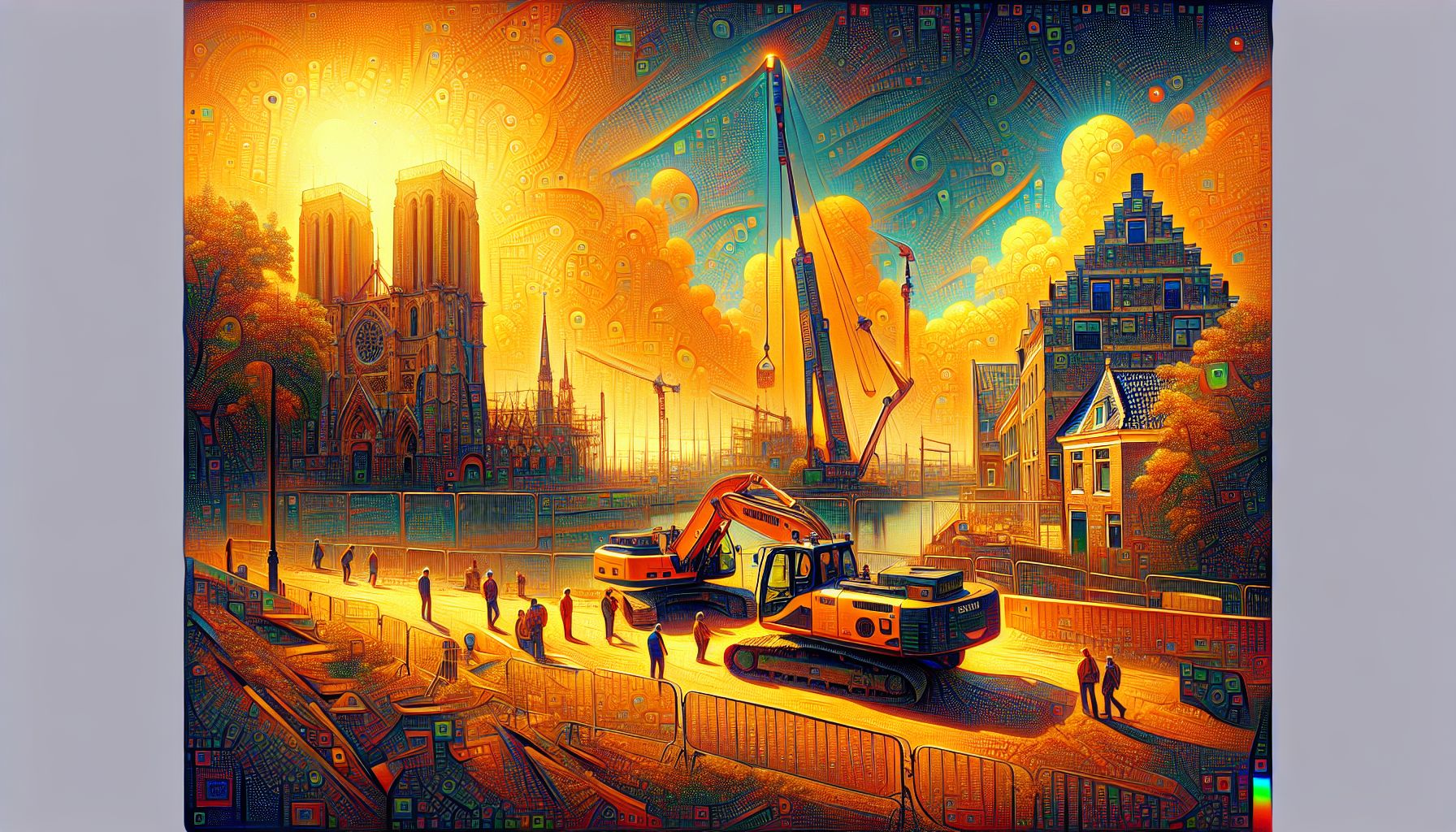Netherlands Opens Subsidy Program for Emission-Free Construction Equipment

Eindhoven, Friday, 31 January 2025.
Beginning March 2025, the Netherlands will offer subsidies to encourage investments in emission-free construction machinery, aiming to significantly cut nitrogen emissions within the building sector.
Program Details and Budget
The Subsidieregeling Schoon en Emissieloos Bouwmaterieel (SSEB) will launch on March 4, 2025, with a substantial total budget of €48 million [1][2]. This funding includes €28 million for general applications and €20 million specifically allocated for charging infrastructure [2]. The program offers significant financial support, with individual subsidies reaching up to €300,000 per construction machine [2].
Subsidy Rates and Eligibility
The program implements a tiered support system based on company size and technology type. Large companies can receive 14% subsidies for emission-free machinery and 25% for hydrogen-powered equipment [2]. Small and medium-sized enterprises benefit from higher rates, with 19% for emission-free machinery and 30% for hydrogen-powered equipment [2]. To maintain fair distribution, there’s an annual cap of €1 million in subsidies per enterprise or group [2].
Application Process and Timeline
Applications will be accepted from March 4 until October 31, 2025 [1]. The Netherlands Enterprise Agency (RVO) will host an informational webinar on February 4, 2025, to explain the updated conditions and application process [2]. Successful applicants will receive an advance payment of 70% of their approved subsidy amount, with the requirement to request final payment within 12 months [2].
Market Impact and Industry Growth
This initiative comes at a crucial time for the Dutch construction sector, which has seen increasing demand for sustainable equipment. The construction equipment market is experiencing growth driven by rising wind power projects and logistics park development [3]. Leading manufacturers including Liebherr, Komatsu, Volvo, and Hitachi Construction Machinery are already active in this transition [3], with the market projected to reach 18,664 units by 2029, growing at a compound annual rate of 5.5% [3].

